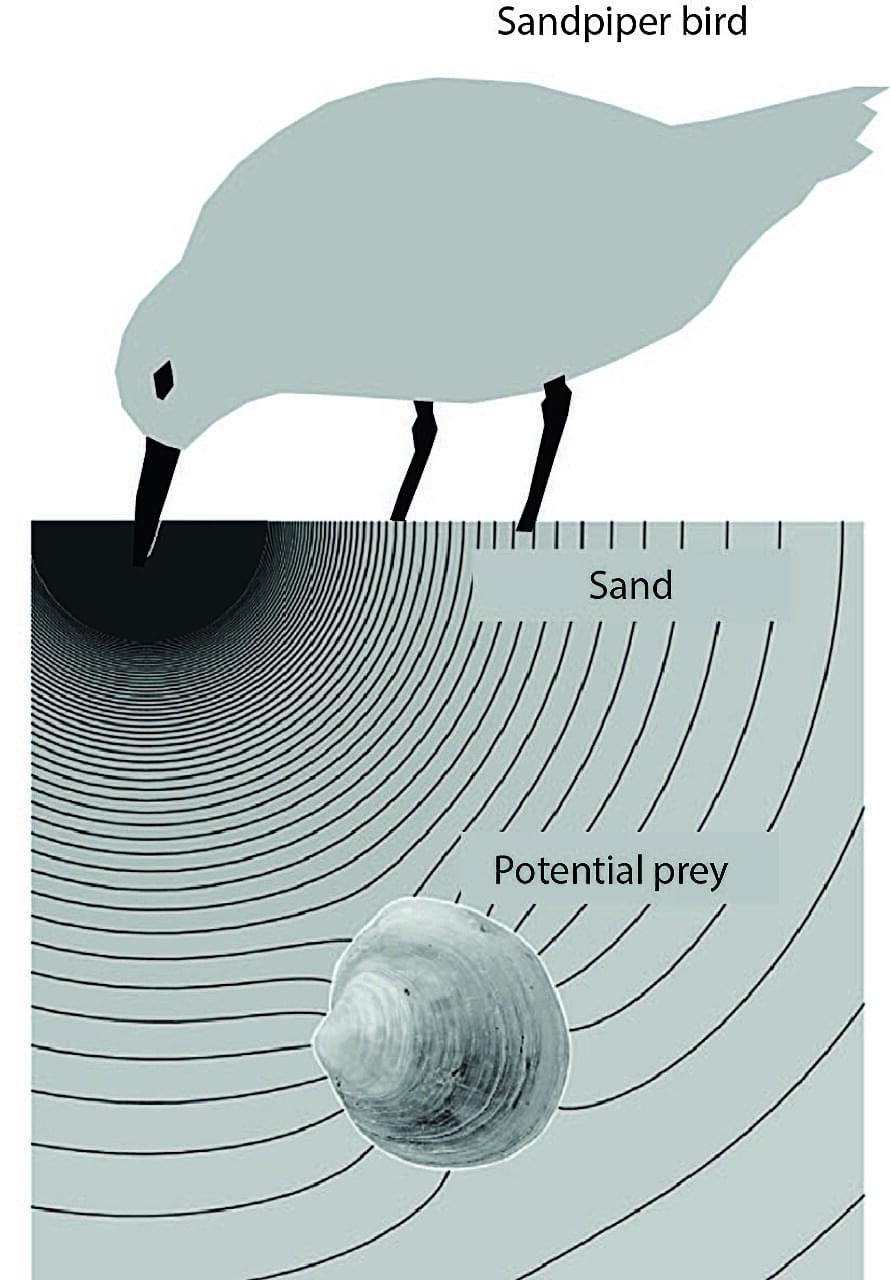A study by researchers at Queen Mary University of London and University College London has found that humans have a form of remote touch, or the ability to sense objects without direct contact, a sense that some animals have.
Human touch is typically understood as a proximal sense, limited to what we physically touch. However, recent findings in animal sensory systems have challenged this view. Certain shorebirds, such as sandpipers and plovers, use a form of “remote touch” to detect prey hidden beneath the sand. Remote touch allows the detection of objects buried under granular materials through subtle mechanical cues transmitted through the medium, when a moving pressure is applied nearby.
The study in IEEE International Conference on Development and Learning (ICDL) investigated whether humans share a similar capability. Participants moved their fingers gently through sand to locate a hidden cube before physically touching it. Remarkably, the results revealed a comparable ability to that seen in shorebirds, despite humans lacking the specialized beak structures that enable this sense in birds.
